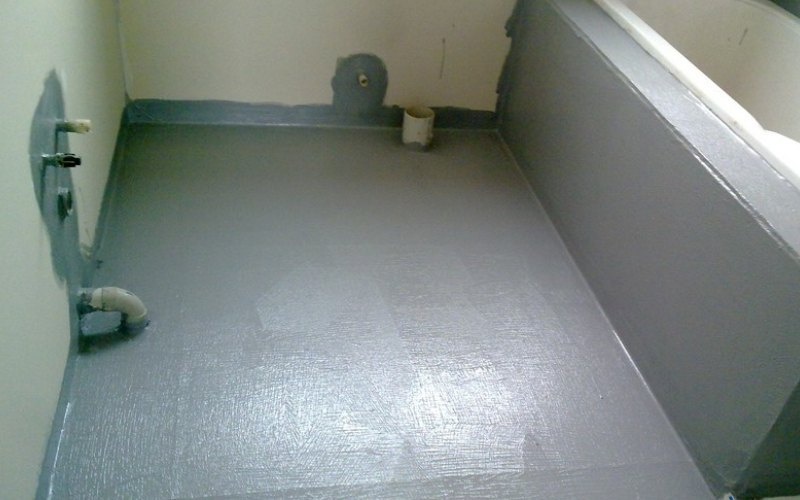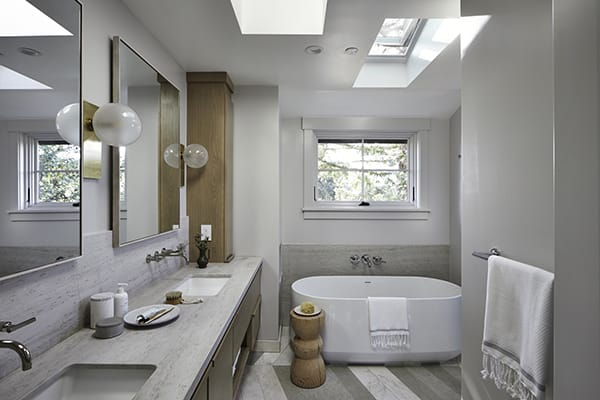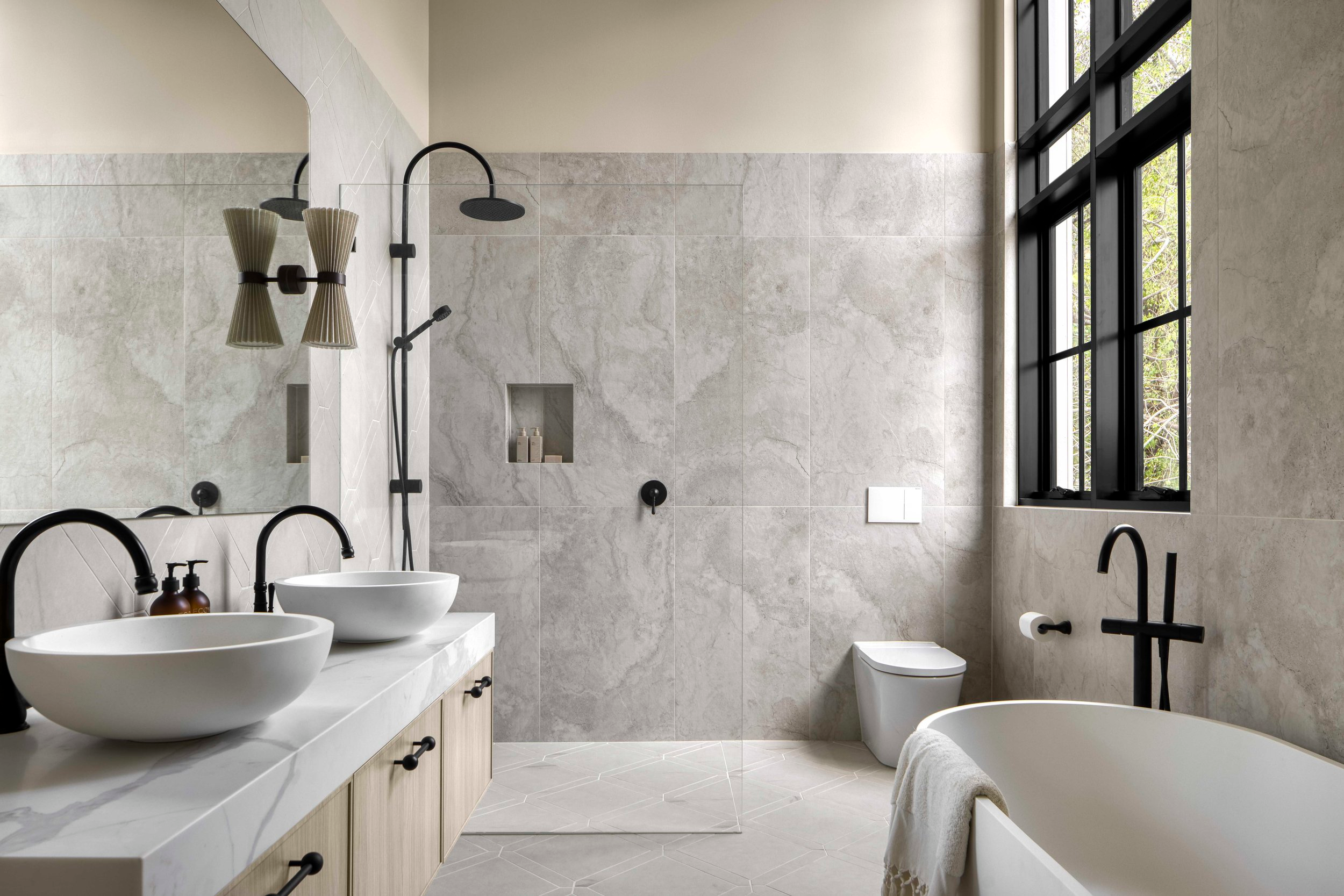A well-executed bathroom renovation can transform one of the most utilitarian rooms in your home into a stylish and functional retreat. But in Australia, where building regulations, waterproofing standards, and plumbing codes are strictly enforced, bathroom renovations require careful planning and the right approach.
Whether you’re doing a quick update or a complete remodel, a bathroom renovation is a major investment. To help you navigate the process and avoid costly mistakes, here are the essential do’s and don’ts of bathroom renovations in Australia.
DO: Plan Thoroughly Before You Start
Every successful renovation starts with a solid plan. Before knocking down walls or pulling up tiles, take time to think through the layout, design, budget, and function of your new bathroom. Ask yourself:
- Who uses the bathroom and what are their needs?
- What’s your budget (including a contingency buffer)?
- Do you want to relocate plumbing or keep the existing layout?
Working with a professional designer or draftsperson can help you maximise space and flow while staying compliant with Australian Standards (AS 3740 for waterproofing, AS/NZS 3500 for plumbing, etc.).
DON’T: Overlook Council and Compliance Requirements
In Australia, even seemingly minor bathroom renovations can require approval—especially if plumbing is moved, structural changes are involved, or you live in a strata property. Failing to comply with regulations can lead to hefty fines, future insurance issues, and costly rework. Always check with your local council or building authority before beginning work. Use licensed tradespeople for plumbing, electrical, and waterproofing tasks to ensure you meet the National Construction Code (NCC) and Australian Standards.
DO: Focus on Functionality First
Design trends come and go, but a bathroom must be practical above all else. Think about storage, lighting, ventilation, and accessibility. Smart functionality tips:
- Install recessed niches for storage instead of bulky shelves
- Use soft-close drawers and cabinetry
- Plan for layered lighting: overhead, task, and ambient
- Include sufficient power points for modern appliances
If space allows, consider a double vanity, walk-in shower, or wall-hung toilet to enhance comfort and visual space.
DON’T: Underestimate Waterproofing

Poor waterproofing is one of the most common causes of damage in Australian bathrooms—and it’s often the most expensive to repair. A small leak can lead to mould, structural rot, and thousands of dollars in damage. In Australia, all wet areas must comply with AS 3740, and waterproofing must be carried out by a licensed contractor. Ensure your chosen professional issues a waterproofing certificate, as this will be critical for warranty and resale purposes.
DO: Invest in Quality Fixtures and Fittings
Cheap tapware, toilets, and showers might look good initially, but they often don’t last under daily use. Investing in high-quality products saves money in the long term through durability, performance, and warranty support.
Look for WaterMark-certified and WELS-rated fixtures to ensure they meet Australian plumbing and water efficiency standards. Not only do they help reduce water bills, but they’re also mandatory for compliance.
DON’T: Ignore Ventilation and Natural Light

Bathrooms in Australia must have adequate ventilation, either through a window or an exhaust fan. Poor airflow leads to condensation, mould growth, and damage to finishes and cabinetry. Make ventilation a priority:
- Choose a high-capacity exhaust fan with a timer or humidity sensor
- Consider a skylight or frosted window for natural light without compromising privacy
Good lighting and ventilation make even small bathrooms feel brighter, fresher, and more spacious.
DO: Stick to a Realistic Budget
Bathroom renovations are one of the most expensive home upgrades on a per-square-metre basis. Costs in Australia can range from $10,000 for a basic renovation to $30,000 or more for luxury finishes. Always build in a 10–20% buffer for unexpected costs. Be honest about your budget with your builder or designer upfront so they can guide you on where to splurge and where to save. For example, keeping plumbing in its original location is a great way to reduce expenses.
DON’T: DIY the Skilled Trades
While DIY can save money on cosmetic tasks like painting or installing towel rails, tasks like waterproofing, plumbing, and electrical must be left to licensed professionals. Not only is it illegal in many cases, but it can also void warranties and lead to serious safety risks. Always:
- Hire a licensed builder or bathroom renovator
- Ensure all plumbing and electrical work is certified
- Keep records of invoices and warranties for future proof of compliance
DO: Choose Timeless Design Over Trends
It’s easy to fall for Pinterest-inspired fads, but what looks great today may feel dated in just a few years. Aim for a neutral, timeless base—white tiles, matte finishes, soft greys—and layer in colour or personality through accessories, artwork, or plants.
Timeless doesn’t mean boring—it means longevity. Clean lines, minimal grout, and natural materials are always in style.
Final Thoughts
Bathroom renovations in Australia are more than just picking out tiles and tapware. Bathroom renovation is a project that involves planning, compliance, skilled trades, and smart design. When done right, it enhances your daily routine, adds value to your home, and helps future-proof your property.
By following these do’s and don’ts of bathroom renovations, you’ll avoid the common pitfalls, stay within budget, and end up with a space that looks good, works well, and stands the test of time. Whether you’re revamping a small ensuite or building your dream bathroom, a careful, informed approach is the key to success.

